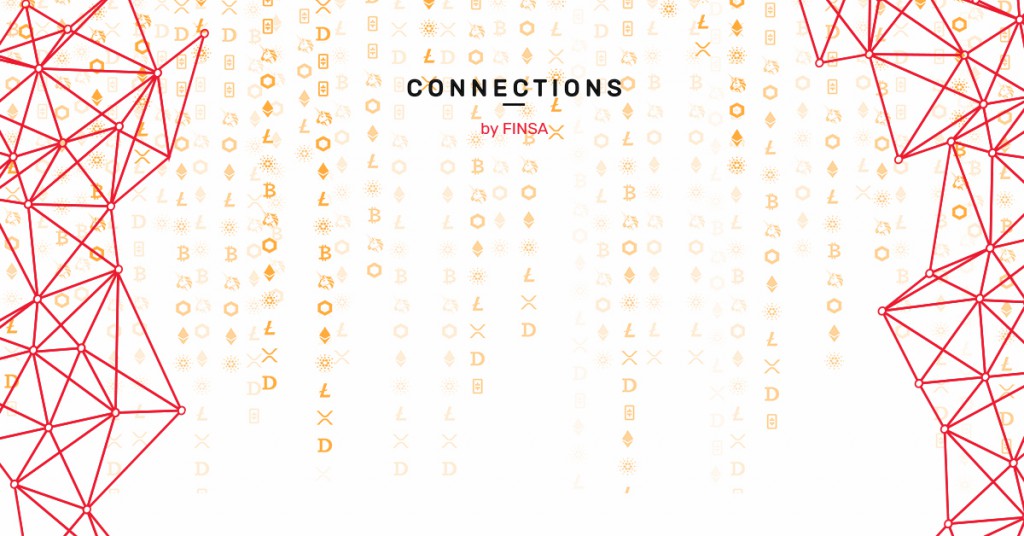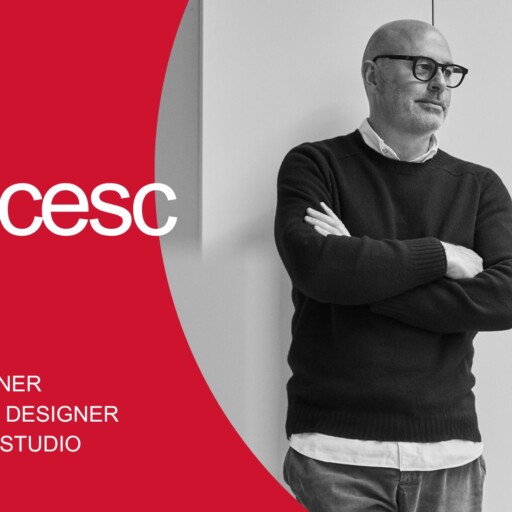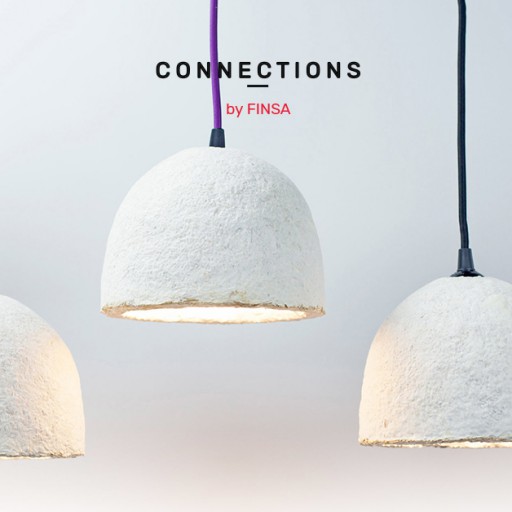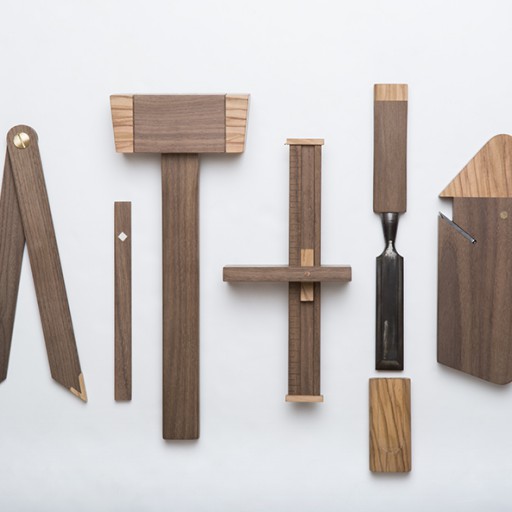“Hopefully in the future, asking if a company is building a metaverse will sound as ridiculous as asking a company how their internet is going.” This is how Mark Zuckerberg, president of Meta (formerly known as Facebook), defines the future significance of metaverses i.e., completely immersive digital worlds.

For many years, the internet has been two-dimensional. Soon, we will be able to navigate in 3D, experiencing things as if we were physically present in a parallel reality thanks to the use of sensors and devices. This revolution, made possible thanks to the metaverse, will change the way we buy, work, and live in general.
The metaverse: from zero to one
The idea for the metaverse comes from a science fiction book released in the nineties, with the idea of designating a dystopic virtual world to which people escaped from reality (a plot that is very similar to the Matrix saga). From that time on, the metaverse has taken on many forms; this post discusses five of these, from the very first to some more recent examples.
What does one need to experience, or to create, a metaverse?
- The internet
- Open standards for texts, video, images, etc.
- Programming language
- Extended reality devices, such as smartglasses or haptic gloves
- Smart contract platforms (blockchain) for transactions (such as cryptocurrency)
The big change has come thanks to Meta. In fact, Facebook renamed its overarching brand to reflect its focus on the metaverse. The company had already shown its interest in 2014 when it acquired Oculus VR, a company that manufactures virtual reality headsets. At that time, Meta hinted that this would lead to the creation of “the platform of tomorrow” and that it would change the way we work, play, and communicate. Their new focus goes far beyond just entertainment and work.
From 2D internet to 3D internet: a metaverse of sensations
The metaverse will allow us to experience digital worlds using all of our senses. This total immersion will be achieved using virtual and augmented reality devices including haptic touch gloves, aroma diffusers, simultaneous translators, and human interaction with digital machines using real time speech translation and natural language processing.
Some brands have already implemented these ideas. Microsoft Research and Ultraleap have body tracking kits that reproduce our movements within the virtual world, while Hypnos Virtual launched Scentscape, which can reproduce millions of different aromas.
The futures made posible thanks to the metaverse
Bloomberg Intelligence estimates that the metaverse is currently worth 500 million US dollars, and that this figure will reach 2.5 billion by 2030. These figures were backed by the announcement that Meta will put 10,000 people to work in the phygital space over the next five years, recreating the real world and allowing us to connect on a global scale.
Nick Clegg, Vice-President for Global Affairs at Meta, says that the metaverse will provide new creative, social, and economic opportunities. The Horizon Workrooms platform allows you to create virtual workspaces where you can see colleagues and clients. Nvidia is also working on a digital space where industrial spaces can be tried out before they are actually built, with the idea of detecting potential problems and making improvements prior to construction.
Just like social media has opened up new market channels and created new roles dedicated to these channels, we might also end up seeing positions dedicated to developing strategies in the metaverse. Balenciaga are already have a presence in the digital world and NFTs are starting to trend in the luxury sector.
The metaverse, archiecture, and interior design
How can the architecture and interior design sectors take advantage of the possibilities that the metaverse offers? Firstly, we can create content for virtual worlds such as Decentraland or work in the same way that landscapers do on platforms similar to Minecraft. There are also more ambitious ideas, with the ability to scale processes in a sector that is usually a slave to uniqueness. Imagine scaling your designs and even automating them using a template. The metaverse will result in a huge improvement in quality within the sector.
The other side of the metaverse
The metaverse is an unregulated space and its progress has been propelled forward by Meta, a powerful company which has recently been criticised for poor practices including overexposure to advertising and contributing to digital addictions. However, Nick Cregg highlights that “no company will own the metaverse. Like the Internet, its main feature will be its openness and interoperability”.
Tim Sweeney, CEO of Epic, also spoke about the idea of avoiding a monopoly with too much power, emphasising that the metaverse “does not come from any industry giant, but the crystallization of the co-creation of millions of people. Everyone makes their own for the metaverse through content creation, programming, and game design. Contributions can also add value to the metaverse in other ways”. We hope that the metaverse really does help us connect with people, ideas, and new ways of approaching our profession.
Do you believe that the metaverse will bring about in positive changes for architecture and interior design? Will we end up working with NFTs? Share your thoughts on social medial using #ConnectionsByFinsa.




